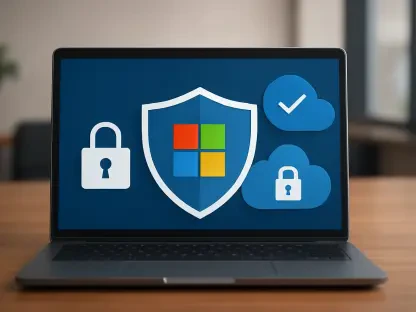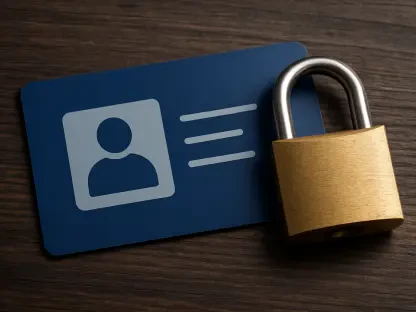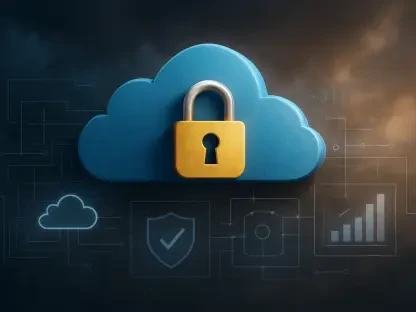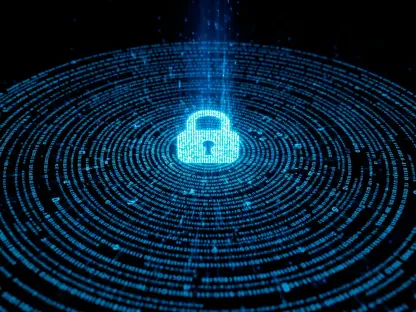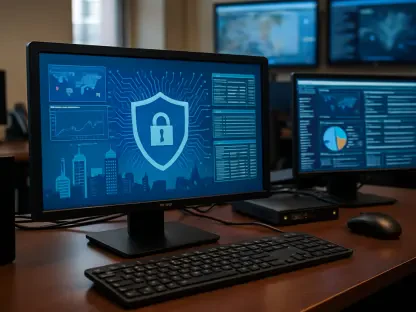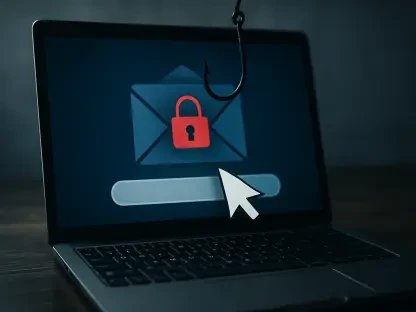In an era where digital trust is constantly under siege, a staggering cybercrime operation has come to light, affecting over 1 million users across 120 countries and raking in more than $1 billion in illicit revenue. This sophisticated scheme, driven by a Phishing-as-a-Service (PhaaS) platform known as Lighthouse, has prompted a major tech giant to take legal action against China-based hackers. The scale of deception, leveraging trusted brands to trick individuals into divulging sensitive financial information, reveals a chilling reality about the evolving nature of cyber threats. Filed in the U.S. District Court for the Southern District of New York, this civil lawsuit underscores a critical battle against an organized network that exploits modern communication tools to perpetrate fraud on a global scale. The implications of such industrial-scale phishing operations demand attention, as they threaten not only personal security but also the integrity of digital ecosystems relied upon daily.
Unpacking the Lighthouse Phishing Operation
The Mechanics of a Global Smishing Scheme
At the heart of this cybercrime wave lies a meticulously crafted strategy known as SMS phishing, or smishing, which has been weaponized by the Lighthouse platform to deceive countless victims. Hackers impersonate well-known entities such as E-ZPass and USPS, sending fake notifications about toll fees or package deliveries to lure users into clicking malicious links. These messages often appear legitimate, exploiting trust in familiar brands to extract credit card details and personal information. Reports indicate that over 107 website templates mimicking Google’s sign-in pages were used to bolster the illusion of authenticity. The operation’s reach, spanning 120 countries, showcases a level of coordination and technical prowess that sets it apart from isolated scams. This systematic abuse of messaging services like Apple iMessage and Google Messages’ RCS capabilities enables the rapid dissemination of thousands of deceptive texts, amplifying the damage inflicted on unsuspecting individuals worldwide.
Scale and Impact of the Cybercrime Network
The sheer magnitude of the Lighthouse operation is staggering, with cybersecurity experts linking it to over 17,500 phishing domains targeting 316 brands across 74 countries. Estimates suggest that Chinese smishing syndicates, including the notorious Smishing Triad, may have compromised millions of payment cards in the U.S. alone within a span of just over a year. The financial toll, exceeding $1 billion over three years, highlights the devastating consequences for victims who fall prey to these scams. Beyond monetary loss, the breach of trust in everyday digital interactions poses a broader societal challenge. Platforms like Lighthouse, alongside interconnected services such as Darcula and Lucid, form a sprawling PhaaS ecosystem that thrives on collaboration and innovation. This network’s ability to adapt and exploit new technologies underscores the urgent need for robust defenses against such pervasive threats, as the fallout from these attacks continues to ripple through global economies and individual lives.
Legal and Technological Countermeasures
Google’s Legal Strategy to Disrupt Cybercrime
In response to the rampant abuse of its brand and the wider implications of the Lighthouse platform, Google has adopted a multi-pronged legal approach to combat these China-based hackers. The lawsuit invokes significant legislation, including the Racketeer Influenced and Corrupt Organizations (RICO) Act, the Lanham Act, and the Computer Fraud and Abuse Act, aiming to dismantle the infrastructure that supports these illicit activities. This civil litigation marks a strategic shift toward holding cybercriminals accountable on a systemic level, rather than merely addressing individual attacks. By targeting the operational backbone of platforms like Lighthouse, which offers phishing templates for subscription fees ranging from $88 weekly to $1,588 annually, the legal action seeks to disrupt the commercialization of cybercrime. This move not only aims to protect brand integrity but also sets a precedent for how tech giants can leverage the judiciary to tackle the growing PhaaS ecosystem and its devastating global impact.
Innovations in Cybercrime and Defensive Needs
The adaptability of these cybercrime groups is evident in tools like Ghost Tap, which allows stolen card details to be added to digital wallets on both iPhone and Android devices, showcasing a level of innovation that keeps pace with technological advancements. Insights from cybersecurity firms reveal that Smishing Triad alone has utilized over 194,000 malicious domains since early this year to impersonate a diverse range of services, from banks to law enforcement agencies. This relentless evolution necessitates equally dynamic defensive measures to safeguard users. While legal actions form a critical front, there is a pressing need for enhanced technological solutions and international cooperation to counter these threats. The collaborative nature of platforms within the PhaaS ecosystem, including shared targeting patterns between Lighthouse and Lucid, amplifies the challenge. Addressing this requires a concerted effort to stay ahead of cybercriminals who continuously refine their methods to exploit digital vulnerabilities.
Reflecting on a Persistent Threat
Lessons Learned from a Cyber Battle
Looking back, the legal confrontation with the operators of the Lighthouse platform revealed the daunting scale of organized cybercrime originating from China. The extensive reach of smishing attacks, which ensnared over 1 million users and generated billions in illicit gains, served as a stark reminder of the fragility of digital trust. Google’s decision to pursue civil litigation under powerful statutes demonstrated a willingness to confront these threats head-on, targeting the very infrastructure that enabled such widespread fraud. The case shed light on the intricate networks behind PhaaS platforms, where collaboration and commercialization fueled an unprecedented wave of deception. Reflecting on this battle, it became evident that isolated efforts were insufficient against a backdrop of evolving tactics and global operations. The exposure of tools like Ghost Tap and the vast array of malicious domains underscored a critical gap in preparedness that had to be addressed to prevent future devastations.
Future Steps to Safeguard Digital Spaces
As the dust settled on this significant legal action, attention turned to actionable strategies for bolstering cybersecurity in the long term. Strengthening user awareness around identifying smishing attempts emerged as a vital step, alongside the development of advanced detection systems to flag malicious communications before they reached their targets. Collaboration between tech companies, governments, and international bodies stood out as essential for disrupting the financial incentives driving platforms like Lighthouse. Investing in cutting-edge technologies to outpace cybercriminal innovations was deemed necessary to protect digital wallets and personal data from exploitation. Moreover, establishing stricter regulations around messaging services could help curb their misuse in phishing schemes. The path forward demanded a unified approach, ensuring that the lessons from this case translated into tangible safeguards, ultimately aiming to restore confidence in the digital interactions that define modern life.


